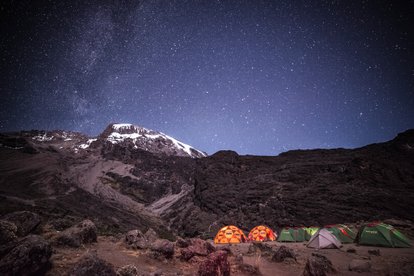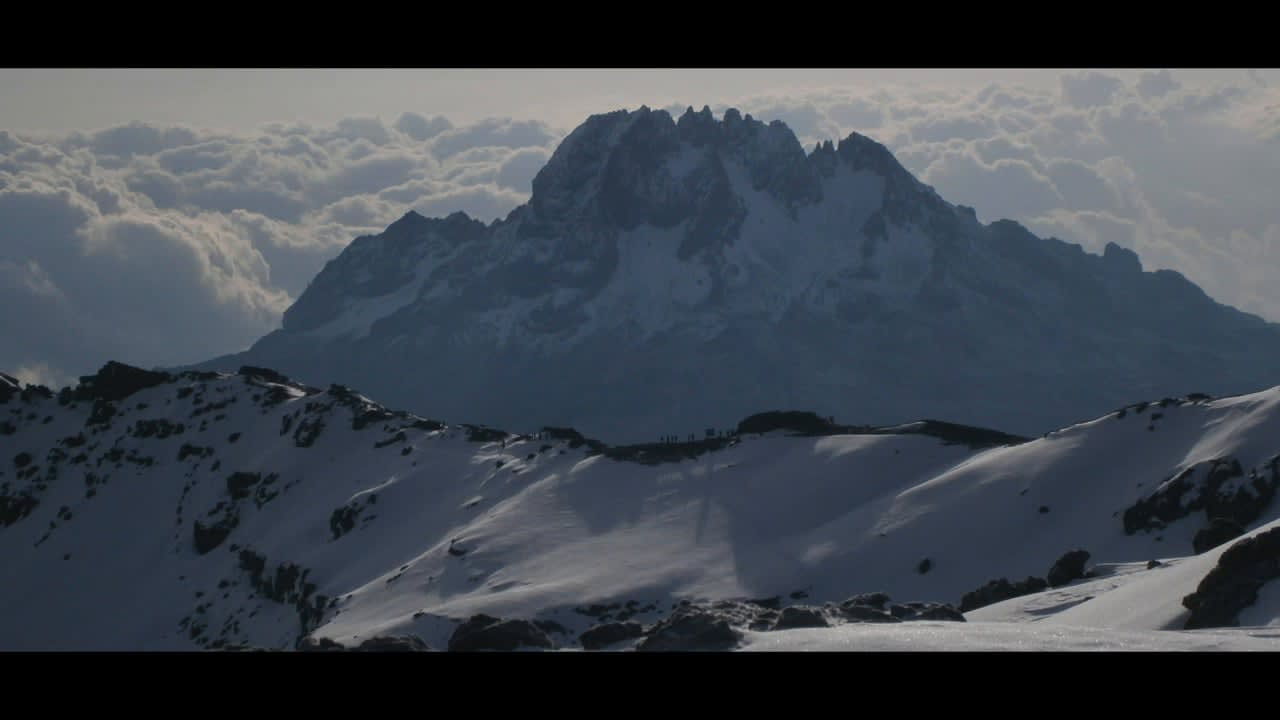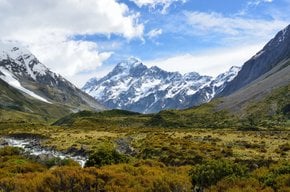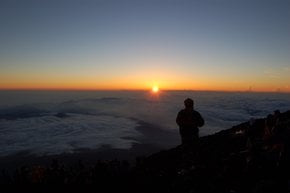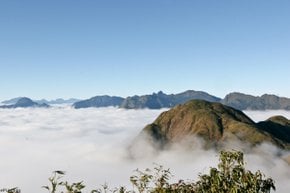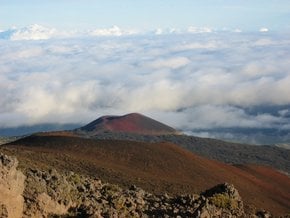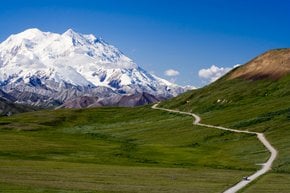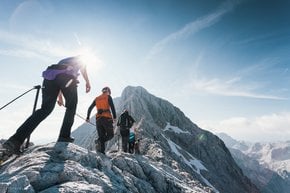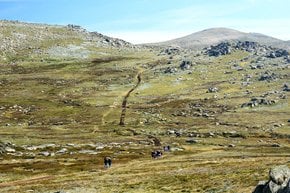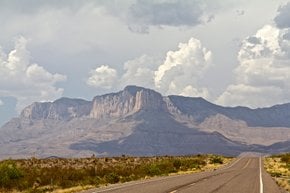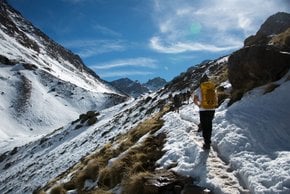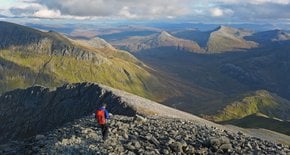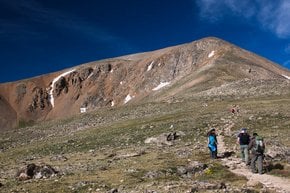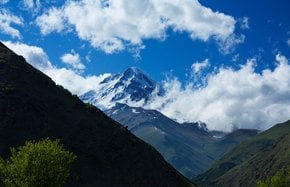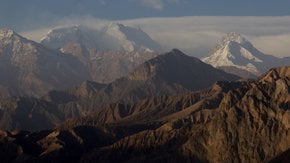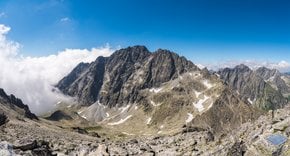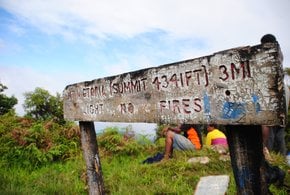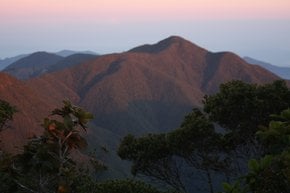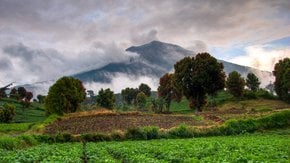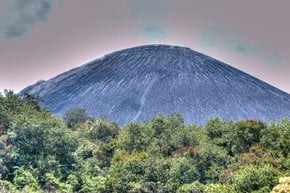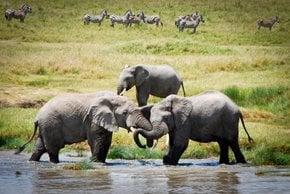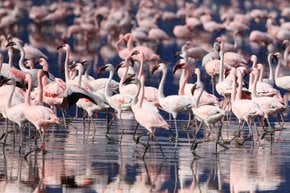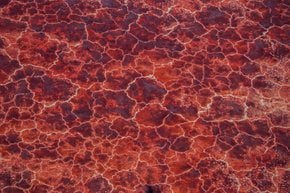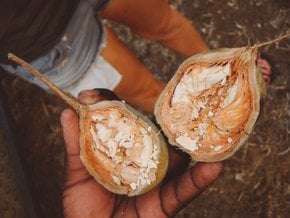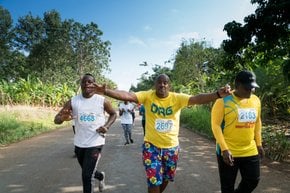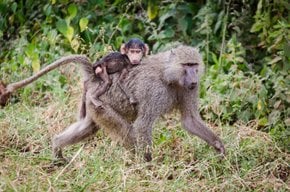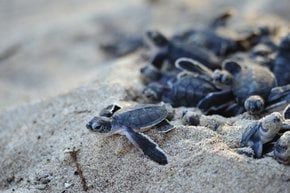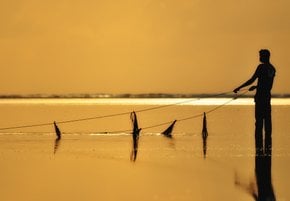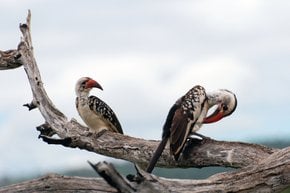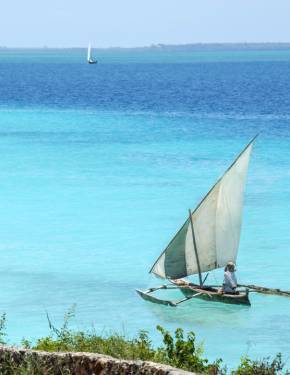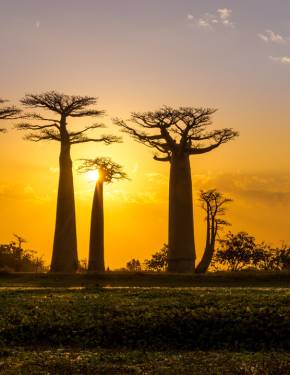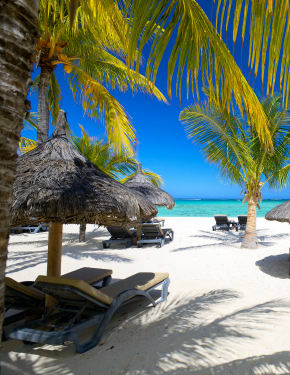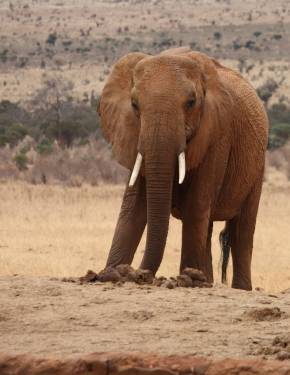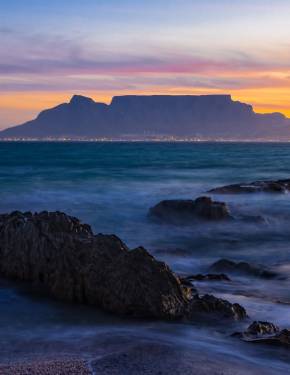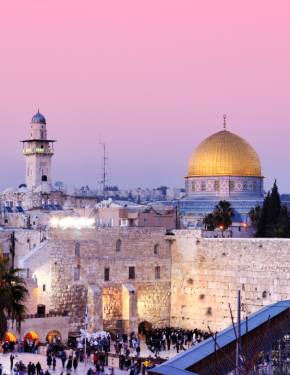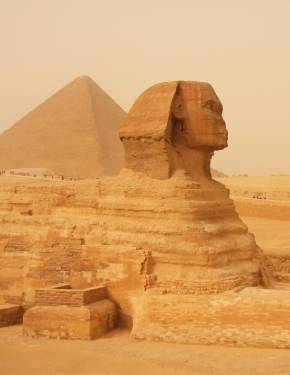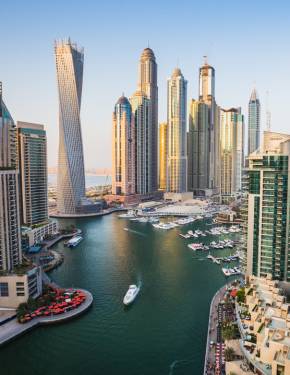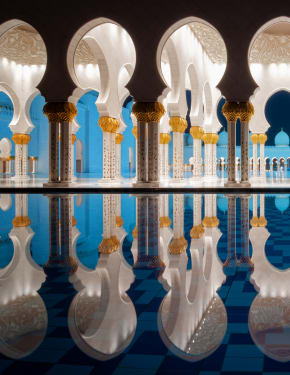Climbing Kilimanjaro in Tanzania 2026
Make a journey to highest mountain in Africa and enjoy its stunning views and amazing wildlife
Best time: January–mid-March | June–October
Kilimanjaro—a World Heritage Site, the highest mountain in Africa, and the highest freestanding mountain in the world at 5,895 m—annually attracts over 50,000 climbing enthusiasts. Kilimanjaro is one of the most popular spots to visit in Tanzania.
Formed one million years ago, Kilimanjaro stands as an important landmark for both the people of Africa and mountaineers across the globe. The highest summit of Kilimanjaro is Uhuru Peak on Kibo's crater and is one of the Seven Summits of the world.
Located in the Kilimanjaro National Park of Tanzania this mountain offers an unforgettable experience among its numerous paths. From the beginning of your walk, you'll see as the surrounding farmlands turn to rainforests as you go higher in elevation. Here you can expect to see some buffaloes, leopards, monkeys, elephants, and elands. At higher elevations, you'll find alpine meadows, which are perfect for birdwatchers seeking birds of prey. At the top of your trip, the lunar landscape showcases its unique style of beauty.
Climbing Kilimanjaro is relatively easy, which means you don't need to be a professional climber or mountaineer to get to the top. Anyone determined by basic physical fitness and endurance can try it without any special equipment or skills, but you should be aware of all the difficulties and dangers waiting for you here.
Since 1991, the authorities of the park require the climbers to sign up with an agency to summit the mountain. You will be accompanied by a guide and assistants that will provide you with all the necessary help during your walk. A trip like this should be booked at least six months before you go, and it's cost is over $1,000.
The main trekking seasons runs during the two dry seasons—January to mid-March and June to October. During the rainy season, showers are likely every day, and the summits of Kibo and Mawenzi are covered by thick clouds. With limited visibility, the chances to reach the summit at all will be much lower. From January to March the weather is much colder and the paths can be covered with the snow. Besides, snow on the peak can also block your passage. In the rainy season, April-May and November-mid-December, rains and steady clouds block all the views. The best time to make your summit and enjoy Kilimanjaro in all its majesty is during the dry season.

